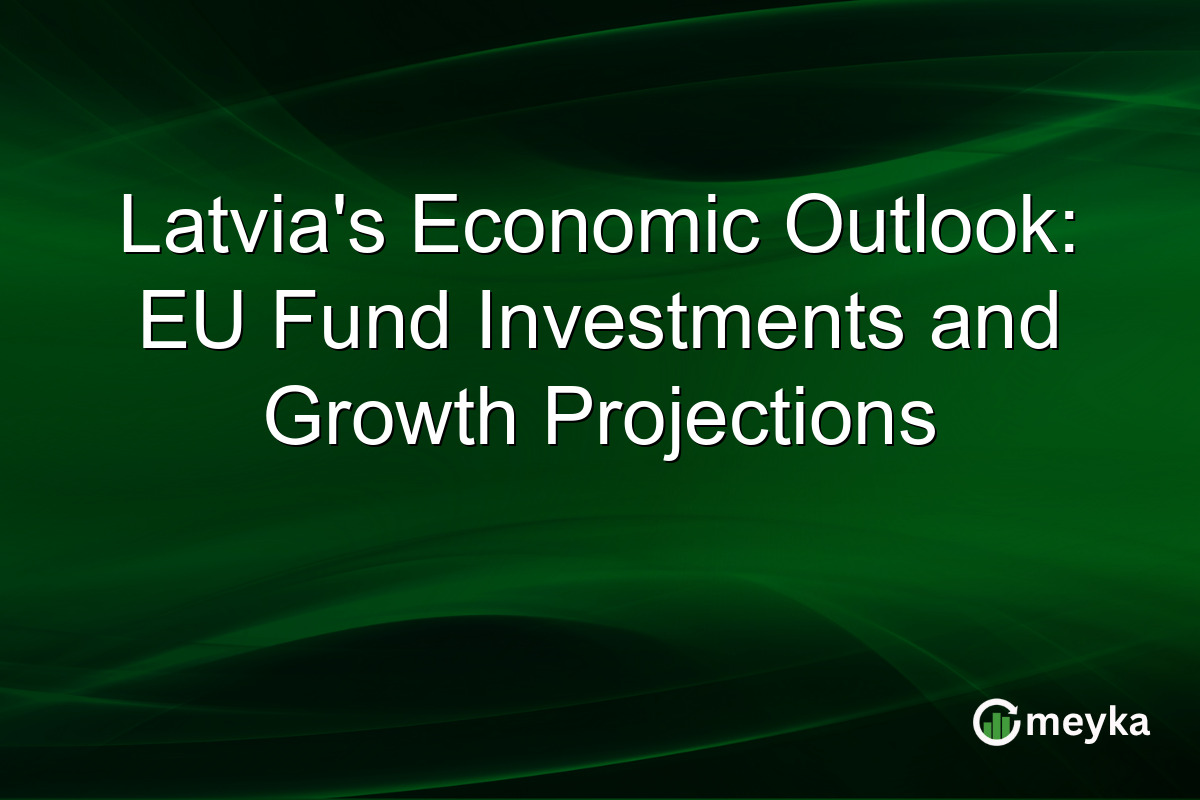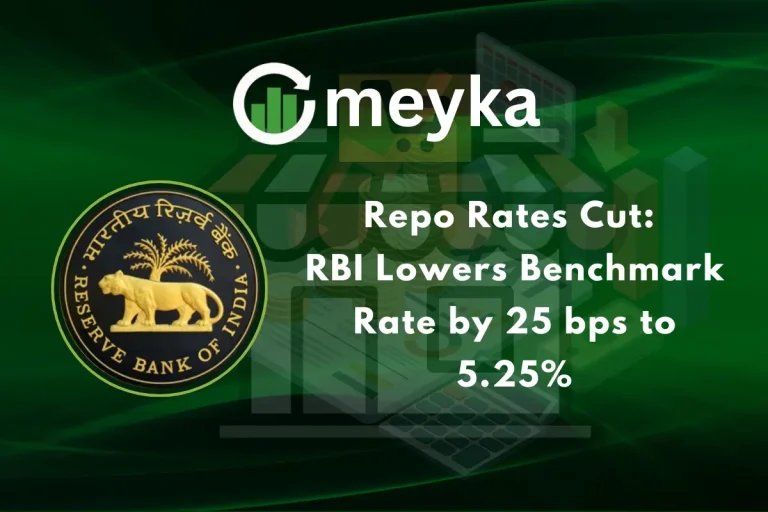Latvia’s Economic Outlook: EU Fund Investments and Growth Projections
Latvia’s economic outlook is poised for a substantial transformation over the next few years. With record-high EU fund investments projected at €81.3 billion annually in 2025 and 2026, the country aims to nearly double its previous intake. This financial influx is set to enhance infrastructure, boost productivity, and improve competitiveness in human capital. These strategic investments are expected to help the GDP rebound to 2.4% growth in 2025 following a slight dip in 2024.
Record-High EU Fund Investments
Latvia is expected to receive €81.3 billion annually in EU funds in 2025 and 2026. This unprecedented level of support is nearly double the amount from previous periods. The focus of this funding is not just on immediate economic relief but on long-term growth strategies. Targeted areas include infrastructure development, productivity enhancements, and human capital competitiveness.
These funds represent a strategic opportunity for Latvia to address existing challenges within its economy. By channeling resources into infrastructure and education, Latvia aims to build a more robust economic foundation. The investments are also expected to spur job creation and technological advancements. For more information on Latvia’s strategic plans, visit BNN News.
GDP Growth Projections for 2025
The Latvian economy’s growth rate has experienced fluctuations, with a slight dip forecasted for 2024. However, projections indicate a rebound to 2.4% GDP growth by 2025. This recovery will be driven primarily by strategic investments from EU funds.
These funds will play a crucial role in stimulating sectors that have lagged behind, thus ensuring sustainable growth. The government’s focus on productivity and infrastructure seeks to enhance the country’s investment appeal, supporting continuous economic expansion. Further details on the growth outlook can be found in Emerging Europe.
Impact on Infrastructure and Competitiveness
The emphasis on using EU funds for infrastructure and competitiveness is critical for Latvia. Improving infrastructure tends to lead to significant productivity gains, as it facilitates trade and reduces costs. The development of transport networks and digital infrastructure is expected to be at the forefront of these initiatives.
Enhancing the competitiveness of Latvia’s human capital is another priority. Investments in education and training programs aim to equip the workforce with skills necessary for a rapidly changing job market. By focusing on these key areas, Latvia hopes to secure a competitive edge within the EU market and attract foreign investment.
Final Thoughts
Latvia’s economic outlook is set to undergo a promising transformation with substantial EU fund investments. With €81.3 billion annually projected for 2025 and 2026, these investments will be pivotal in spurring GDP growth to 2.4%. By focusing on infrastructure and human capital competitiveness, Latvia is positioning itself to overcome current economic challenges and foster sustainable growth. The strategic allocation of funds not only addresses immediate needs but also lays the groundwork for long-term prosperity. For policy makers and investors, understanding this trajectory is crucial for aligning with Latvia’s emerging opportunities.
FAQs
Latvia’s GDP is projected to grow by 2.4% in 2025. This comes after a slight dip in growth expected in 2024, as the country begins to benefit from increased EU fund investments.
The €81.3 billion annual EU fund investments will focus on infrastructure development, boosting productivity, and enhancing human capital competitiveness. The goal is to create a robust economic environment for sustainable growth.
EU funds are pivotal for Latvia as they provide financial support for critical areas like infrastructure and human capital. This support is necessary for boosting productivity and attracting foreign investments, which are vital for economic expansion.
Disclaimer:
This is for information only, not financial advice. Always do your research.






